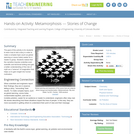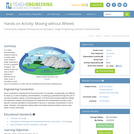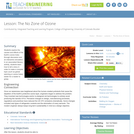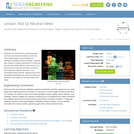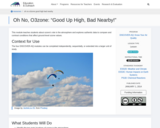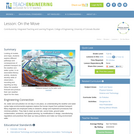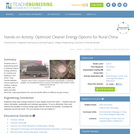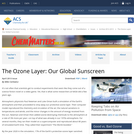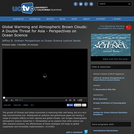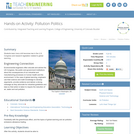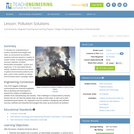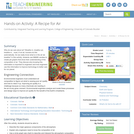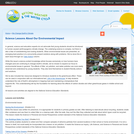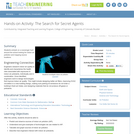SYNOPSIS: In this final lesson in the air quality unit, students learn about vehicle idling, gather and interpret data, and take action at their school.
SCIENTIST NOTES: This lesson introduces students to car idling. Then students research about it and design a program to include posters, bumper stickers, and school campaigns to raise awareness about car idling and its impact on air quality and the environment. All materials embedded in the lesson are thoroughly sourced. Accordingly, this lesson is recommended for classroom use.
POSITIVES:
-This lesson provides students with a concrete action plan to reduce emissions and improve health at their school.
-This lesson plan could create terrific climate and health conversations at home for many students and their families.
ADDITIONAL PREREQUISITES:
-This lesson plan is listed as 90 minutes. This lesson may take less or more time depending on many factors, including the best time to observe vehicles at or near your school.
-If students are adamant about launching a full-fledged No Idling Campaign at their school, this lesson could become a class project that takes weeks, months, or even the entire school year.
-If your students choose to launch a full campaign, make sure to support them in their interactions with different stakeholders at school like teachers, administration, families, and bus drivers. Make sure to let the students take the lead.
-Make sure to remind students that walking and biking are zero carbon options. Perhaps the best outcome of this lesson is not fewer idling cars, but fewer overall cars.
DIFFERENTIATION:
-Students are given three choices in the Inspire phase of this lesson: design a poster, create a bumper sticker, or launch a No Idling Campaign. Some students may want to pursue the schoolwide campaign while others may not. Perhaps you can form a smaller group of students to take this on if all the students are not interested.
-It may be difficult for students to arrive early or depart late from school depending on family circumstances.
-There may not be a good spot for you to observe vehicles at your school. If that's the case, perhaps you can walk with your students to a nearby intersection to observe traffic there.

